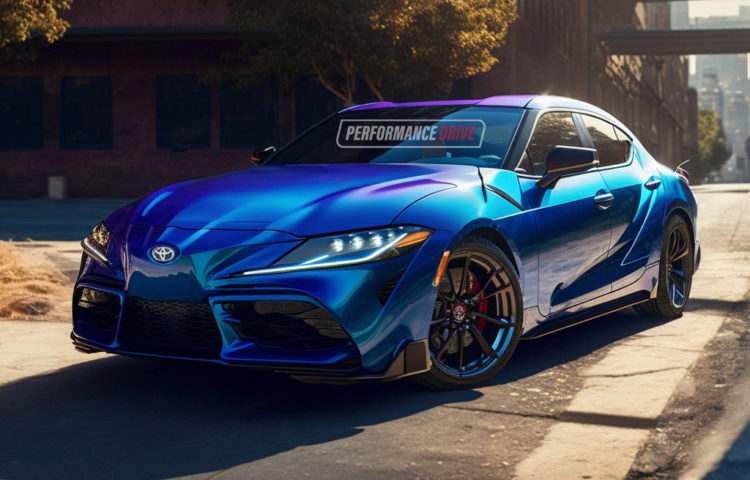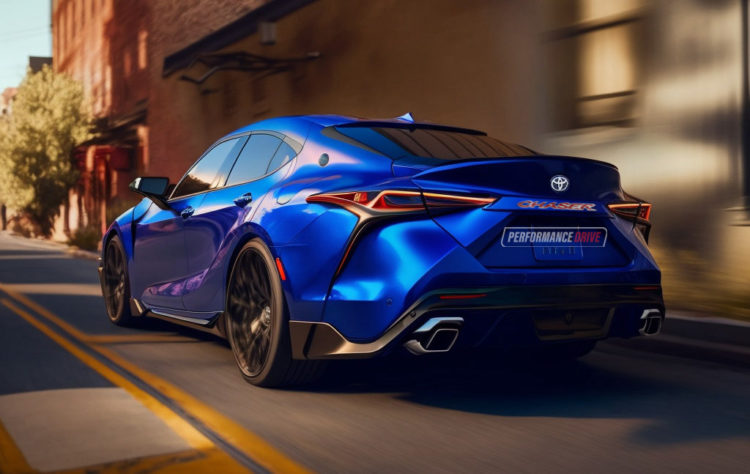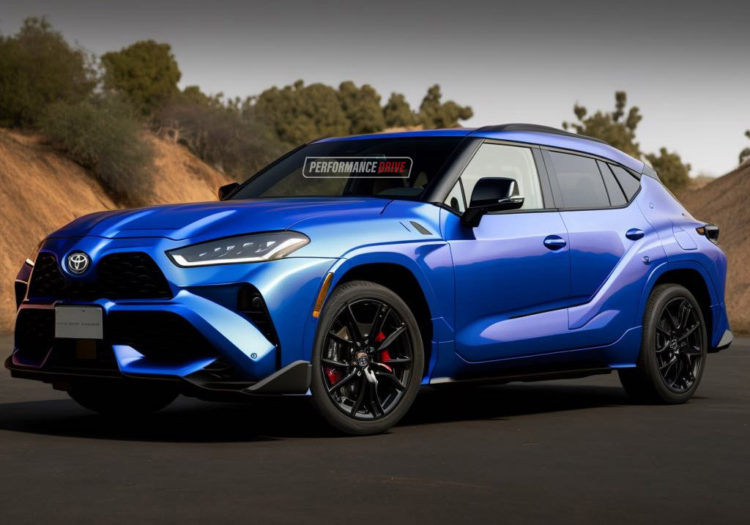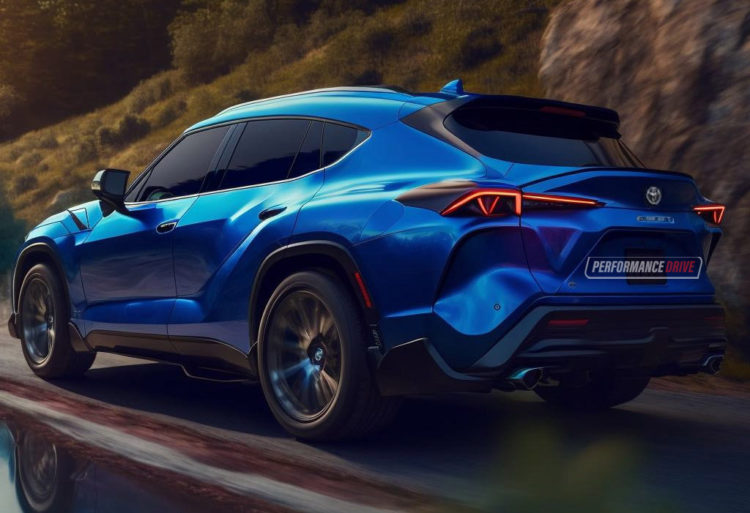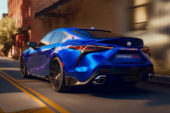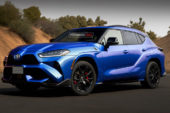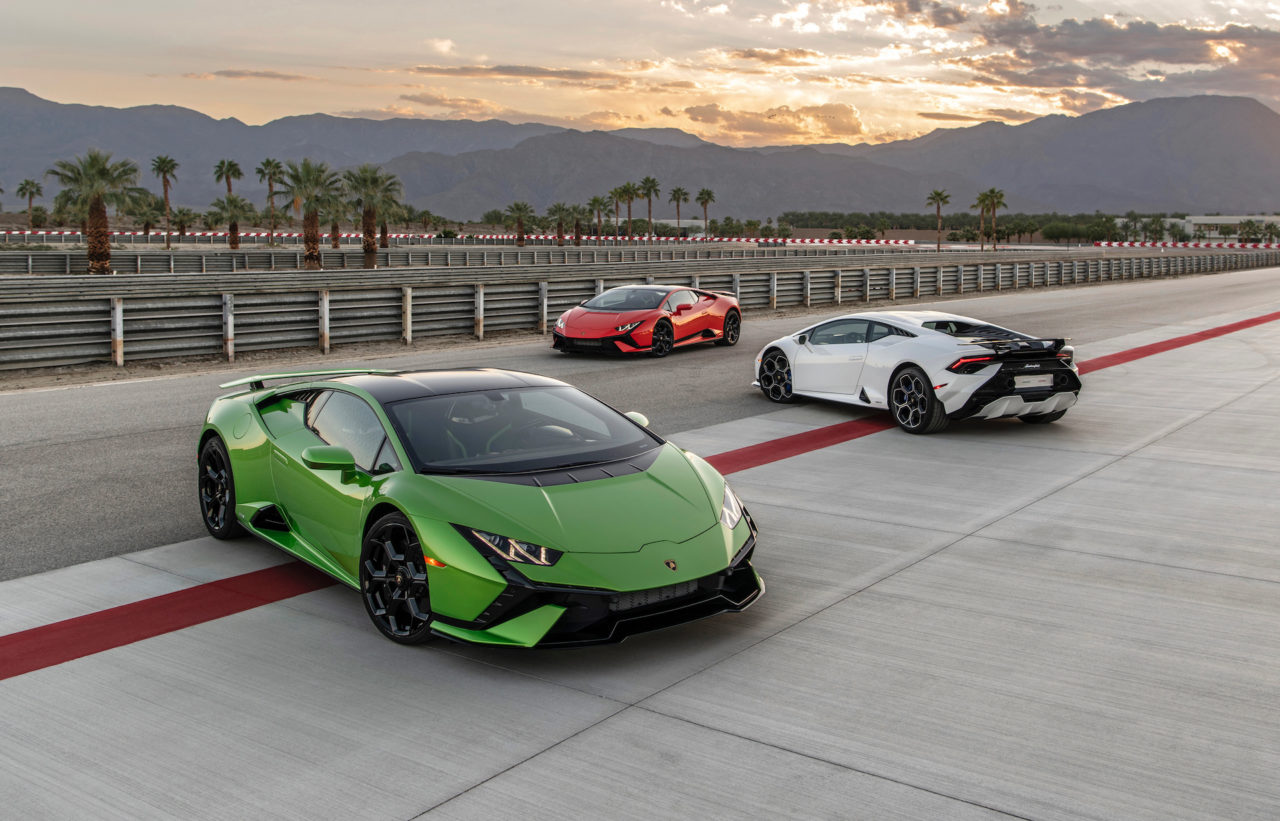In the 1990s and 2000s, Toyota had a very comprehensive performance range, largely kept to its home market (JDM). One of those cars was the renowned Chaser, powered by the same legendary 1JZ and 2JZ engines of the Toyota Supra of the time.
Fast-forward to 2023 and Toyota has globally embraced performance thanks to its GR (Gazoo Racing) division, which includes the firecracker GR Yaris and just-arrived GR Corolla, as well as the GR Supra. The company has also launched lightly enhanced variants of existing models under the GR Sport name, including for the C-HR and highly-anticipated HiLux GR Sport.
Using the power of AI, we wondered what if the Toyota-BMW relationship was deepened with a modern-day successor to the Toyota Chaser. For the purposes of this exercise, we borrowed heavily from the current Camry, since the Chasers and Crowns of yore bear more than a passing resemblance to the perennial ‘whitegoods on wheels’ sedan.
Although the current Supra is, at its core, based on a BMW platform, this is not a bad thing as it imbues the Supra with a robust engine and chassis that is true to its heritage. Our Chaser, however, borrows the TNGA-L platform, as used by the rear-wheel drive Toyota Crown and Mirai.
Borrowed from BMW is the B58 3.0-litre turbo inline-six engine, with its twin-scroll turbocharger (TwinPower), developing 285kW and 500Nm. The ZF eight-speed automatic and six-speed manual would also feature in our imaginative mock up, giving a Supra experience for those who need four doors or four seats.
We even included an SUV companion as well, since that is where the world has been heading for some time. Ford has already done it with its iconic Mustang, launching the Mach-E Mustang as a fully electric crossover option in overseas markets.
Using side stampings of the Kluger/Highlander would save on development costs but such a sporty SUV could give Toyota a more diverse range of vehicles before the electrification era truly dawns.
Feel free to let us know what you think of these ideas in the comments below.
